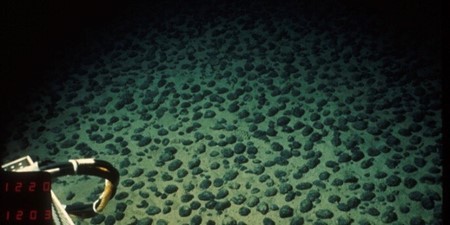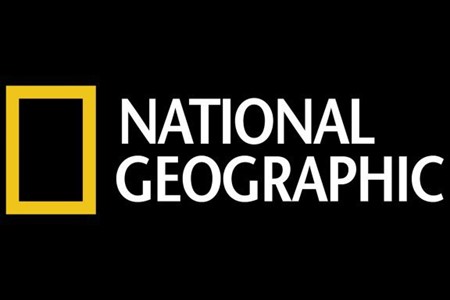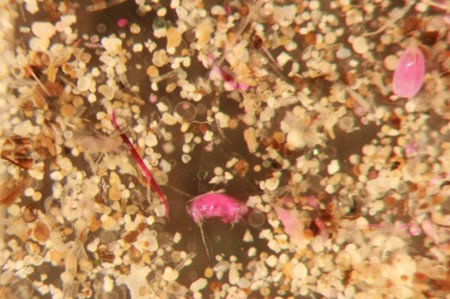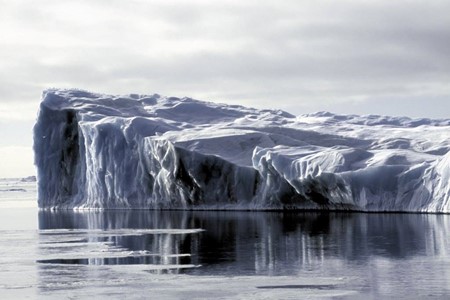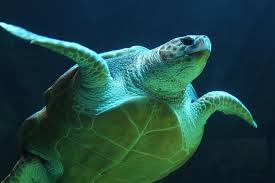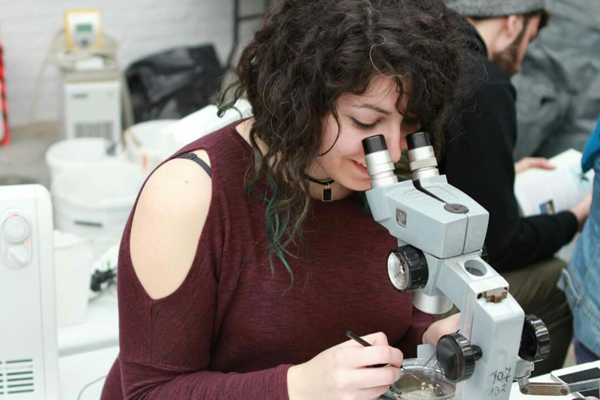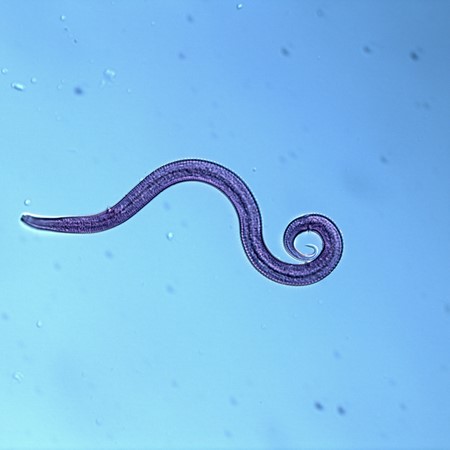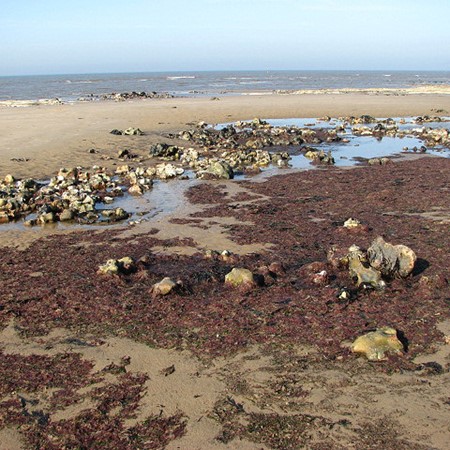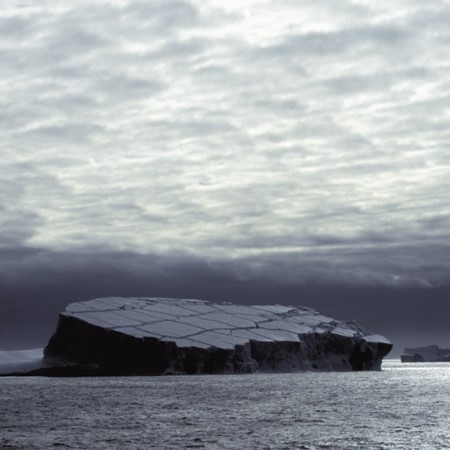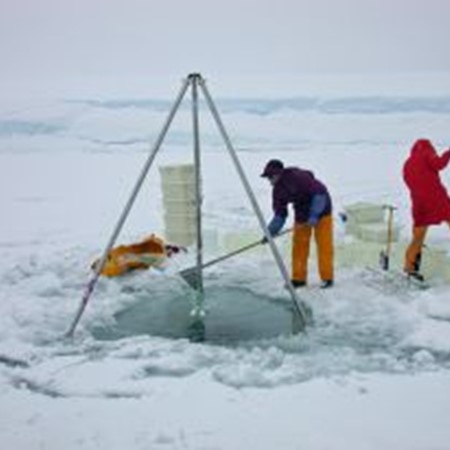Dr. Jeroen Ingels joins team of internationally renowned researchers to study the impact of collecting minerals from the deep sea.
Dr. Ingels on Laboratory News with Phil Prime
FSUCML's Dr. Jeroen Ingels recently recorded an episode for the podcast, Laboratory News with Phil Prime, on his research of meiofauna, nematodes, and loggerheads.


